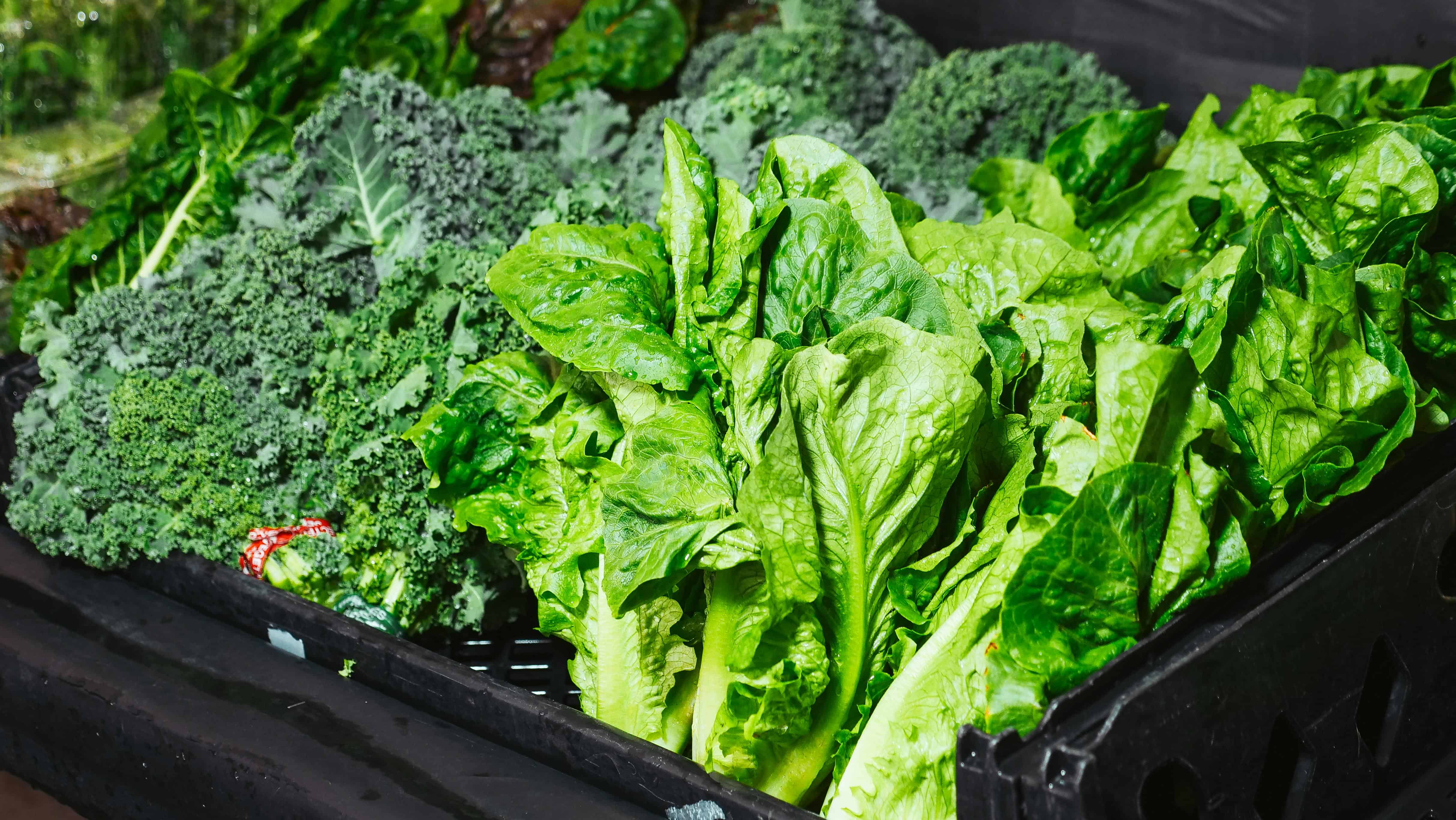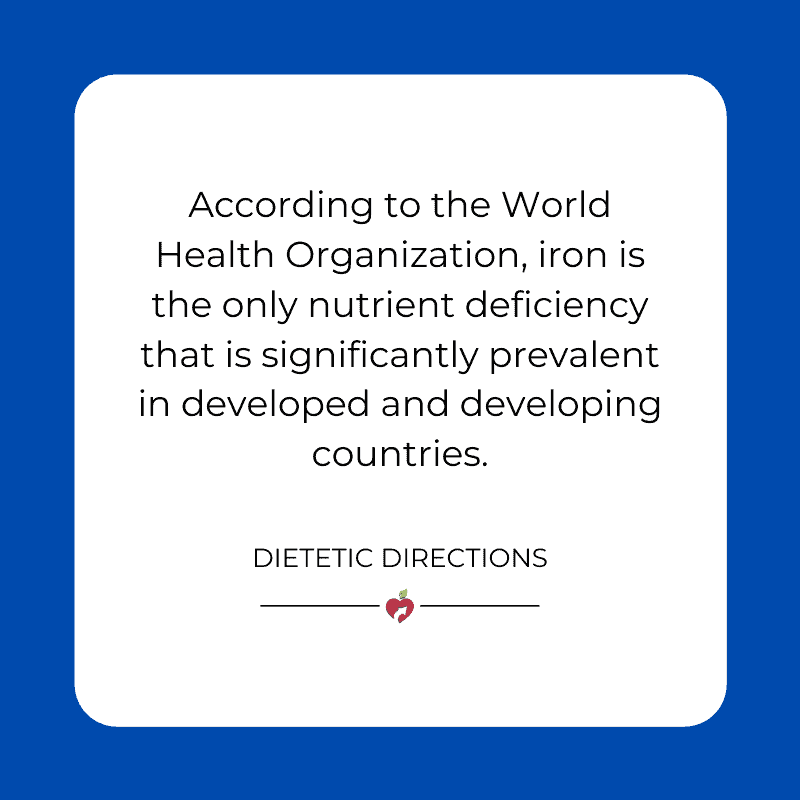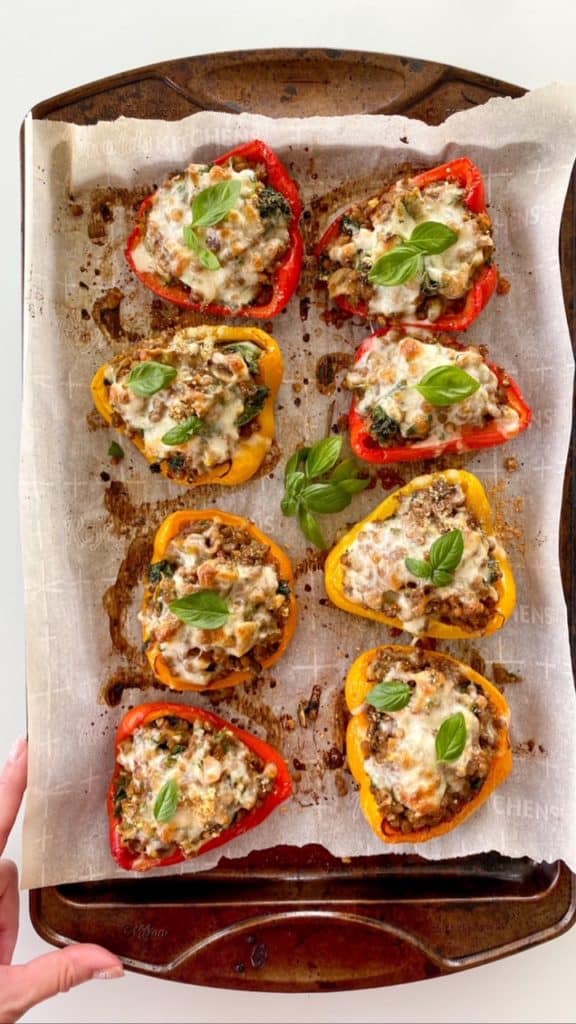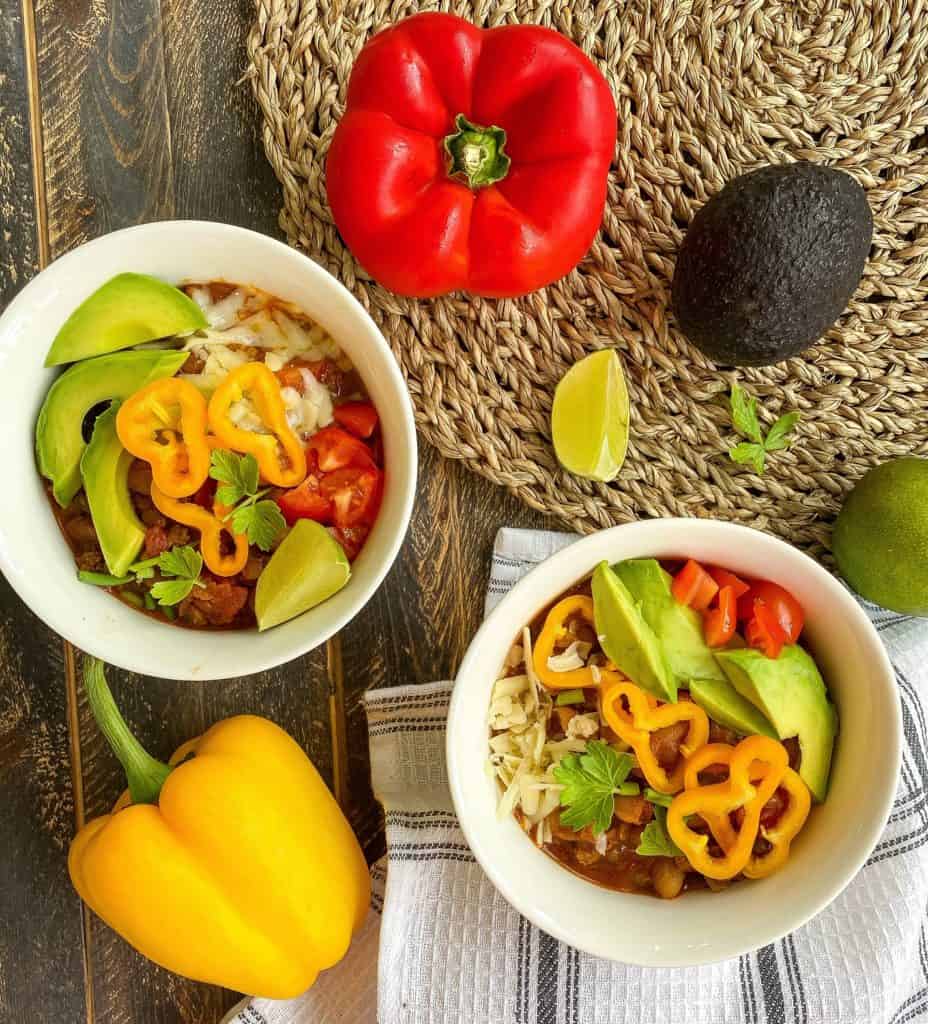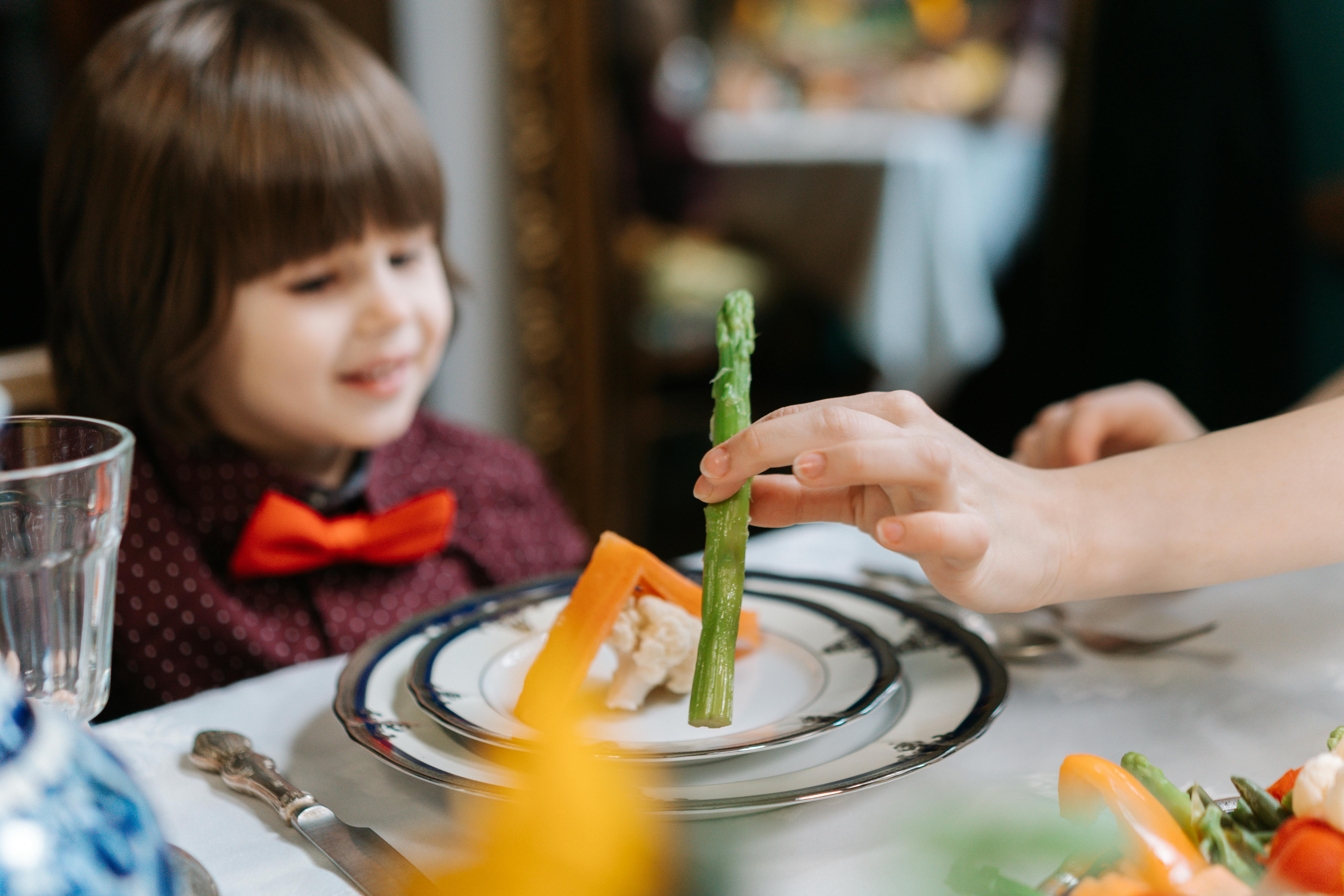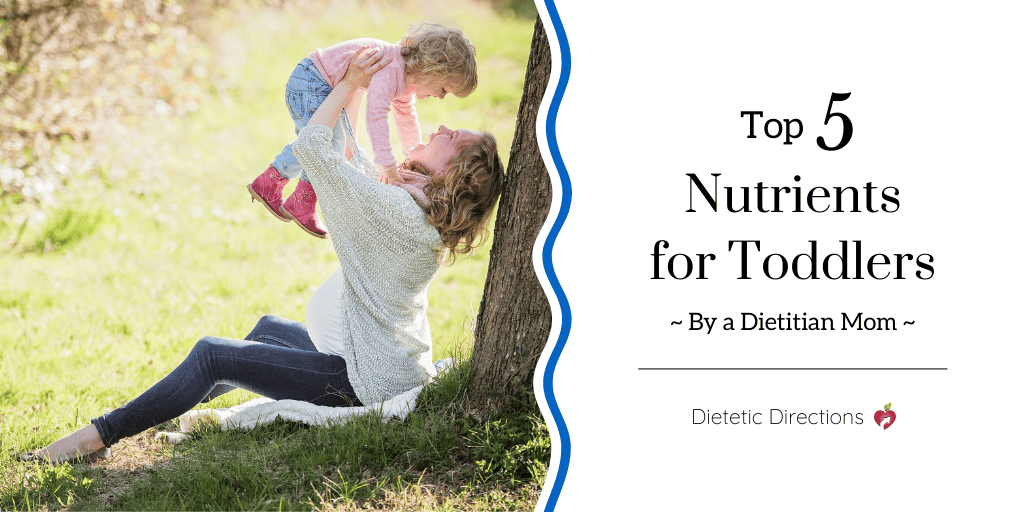
Toddler Nutrition – Top 5 Nutrients
Proper nutrition is crucial for a growing child’s health and well-being. After all, their food not only fuels their little body and expanding mind/brain, but it also impacts their future health and eating habits. As a Dietitian mom, I’ve enjoyed deepening my nutrition knowledge during my pregnancy, while breastfeeding and now while feeding my toddler.
Toddlers have unique nutrition needs. Read on for top 5 nutrients of concern for this dietitian mom.
Today’s blog will highlight 5 key nutrients for toddlers, or young ones between the ages of one and three. Although these nutrients are vital for health and well-being, the diet can be unintentionally low in them. My intention is to inspire meal ideas and focused dietary change to meet these needs. However, this blog is not to replace the professional guidance from working with a Registered Dietitian or consulting your paediatrician.
Top 5 Nutrients for Toddlers:
1. Calcium for Toddler Nutrition
Why is Calcium Important for Toddlers?
Calcium is an essential nutrient, which means our body cannot produce it on its own and it must be consumed through diet. Therefore, ensuring your toddler is getting enough calcium is critical for the following reasons:
- Supports bone structure and builds a ‘calcium reserve’ for future bone mass and strength.
- Prevents fractures and rickets (softened bones, bow legs, stunted growth, muscle weakness).
- Helps build and maintain strong teeth.
- Supports muscle function (including heart) and regulates blood pressure.
- Assists with nerve signal transmission.
Fuel your toddler with calcium-rich foods for strong bones and active play!
What happens if you don’t get enough calcium?
If we don’t get sufficient calcium in our diets, our bones will weaken. This is because the body will pull calcium from our bones to use elsewhere, if needed.
Food Sources of Calcium Include:
- Milk (cow’s, sheep and goat’s milk), calcium-fortified soy and plant-based beverages.
- Yogurts (including: Greek, Skyr or fortified plant-based alternatives).
- Cheese: Gruyere, Swiss, cheddar, mozzarella, Ricotta, goat, etc.
- Tofu (prepared with calcium sulfate).
- Fish such as salmon and sardines (particularly canned with bones).
- Tahini/sesame seed butter.
- Leafy veggies such as kale, collards, cooked spinach and turnip greens.
- Chickpeas, beans, lentils, split peas.
Leafy greens like cooked kale and spinach are sources of calcium too (higher than raw!)
Calcium-Boosting Tips for Toddlers:
- Offer milk or a calcium-fortified beverage with meals.
- Add skim milk powder and/or cooked kale, tablespoon of chia seeds or silken tofu to smoothies.
- Offer plain yogurt as a snack or use as a sour cream substitute.
- Sprinkle grated cheese on sandwiches, vegetables or serve cheese with raw vegetables and crackers for a charcuterie or snack.
- Offer yogurt as a dip for fruit.
- Add beans to chilli, soup, pasta, salads and casseroles.
- Make salmon sandwiches or salmon pate for lunches or snacks.
- Try chia seed pudding for dessert or snack.
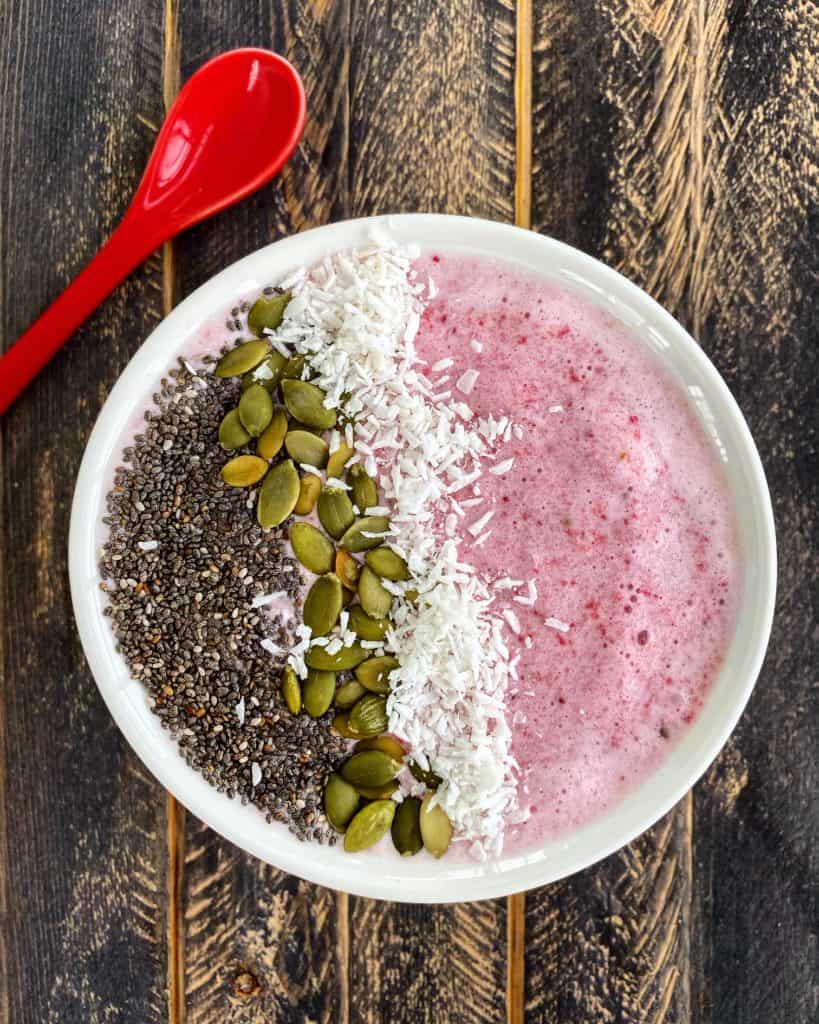
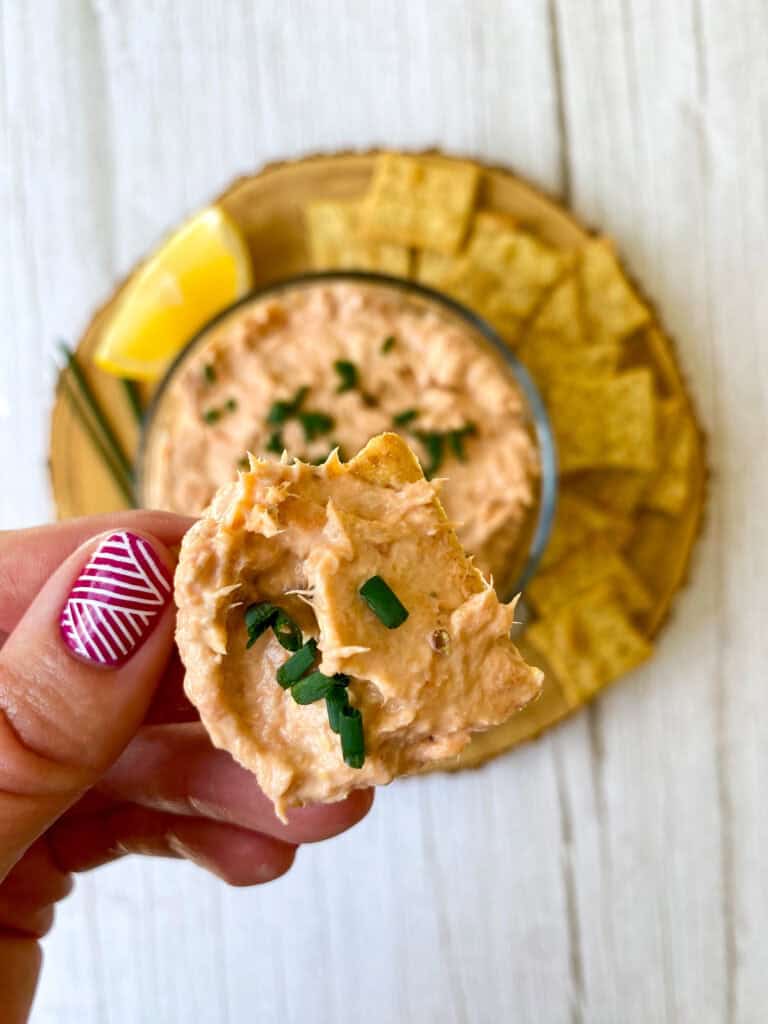

2. Vitamin D for Toddler Nutrition
Why is Vitamin D Important for Toddler Nutrition?
- The primary function of vitamin D is to aid in the absorption of calcium and phosphorus, helping your child build and maintain strong bones and teeth.
- Helps prevent rickets or softening of the bones.
- Supports immune system to fight infections.
- Assists with muscle strength and function.
How about sun exposure and vitamin D?
Even though sun exposure can contribute to vitamin D, using sunscreen and limiting direct sun exposure are still recommended. Plus, in northern latitudes such as Canada, vitamin D synthesis in the skin is absent during the fall and winter months. Therefore, it is best to meet vitamin D requirements through supplements (D drops) and some foods (more on this below).
Are foods a good source of Vitamin D?
Importantly, few foods naturally contain vitamin D, so it can be hard for toddlers to get enough of this crucial nutrient through food alone. Therefore, speaking to your Registered Dietitian or paediatrician about vitamin D supplementation like D drops is recommended.
Book now to speak with a dietitian about vitamin D.
Foods that contain vitamin D include:
- In Canada, cow’s milk and margarine must be fortified with vitamin D, but it’s in small amounts that may vary. Typically 1 cup of cow’s milk has 100 IU of vitamin D.
- Fatty fish (e.g. trout, salmon and herring) contain vitamin D and smaller amounts are found in egg yolk (40-160 IU).
- Fortified infant formula; however, keep in mind that amounts may be low or consumption may be limited especially during toddlerhood.
Protect your toddler from the sun and meet their vitamin D requirements for strong bones and immunity!
3. Iron for Toddler Nutrition
Why is Iron important for Toddlers?
- Iron is a vital micronutrient used by every cell and organ in the body.
- Helps red blood cells carry oxygen throughout the body and supports a child’s ability to learn.
- Affects neurotransmitter production and function, hormone function and DNA replication.
- Supports the brain and immune system.
- Helps maintain healthy skin, hair and nails.
- Sufficient iron intake can prevent iron deficiency and iron deficiency anemia.
- Consequences of iron deficiency in toddlers include:
- Changes in cognitive and behavioural performance.
- Impairment of physical growth and immune function.
Children lacking iron-rich foods or supplements are at greater risk of developing anemia.
Iron-Containing Food Sources Include:
- Meat, wild game, chicken, turkey, pork, fish and shellfish. These are generally known as heme iron sources, which are better absorbed by the body.
Heme Iron – The most readily absorbed form of iron; found in meat, shellfish, poultry and fish. On average, people absorb between 15-35% of the heme iron in food. Interestingly, the body absorbs two to three times more heme iron versus the non-heme form. Additionally, in meat, fish and poultry about half (55-70%) of the iron is heme form (not 100% heme iron) with remaining non-heme iron.
- Lentils, chickpeas, tofu, eggs, fortified grains, peanuts, tree nuts and seed butter are non-heme iron sources. Plus, adding vitamin C and/or heme iron sources can improve the iron absorption.
Did you know? Meat, shellfish, poultry and fish are all excellent sources of heme iron, which is better absorbed by the body. These Lentil & Meat Stuffed Peppers are a great source.
Non-Heme Iron – Less well-absorbed (around 3 to 20% absorption) but is a much more abundant form of dietary iron. It’s found primarily in plant foods (legumes, grains, nuts, seeds, some vegetables) along with iron-fortified foods such as infant cereals.
This Chili Bowl recipe combines two different forms of iron and vitamin C to boost absorption.
Dietitian’s Iron-Boosting Tips:
- Preventing iron deficiency in children starts with ensuring adequate iron levels in mothers during pregnancy and breastfeeding. Simply, babies born to mothers with solid iron levels are less likely to be iron-deficient.
- Importantly, start introduction to solids with an emphasis on iron-rich foods by 5 to 6 months of age. Speak to a dietitian if you’re unsure how to meet your baby’s iron needs through first foods.
- To enhance iron absorption, serve iron-rich foods with those high in vitamin C, like oranges, strawberries, tomatoes, or bell peppers.
- Serve dark leafy greens like spinach, kale and Swiss chard in salads, smoothies and cooked as a side dish.
- Use cast iron pots and pans to increase iron content of the food, especially when cooking acidic foods like tomato sauce.
Boost iron absorption by pairing meals with vitamin C-rich foods!
All children need iron. Speak to a dietitian for help in meeting iron needs though foods and/or supplements.
4. Fibre for Toddler Nutrition
Why is Fibre Important?
- Promotes bowel regularity and prevents constipation by making stools soft, bulky and easier to pass.
- Keeps children full since fibre-rich foods are slower to digest.
- Stabilizes blood sugars and gives possible type 2 diabetes prevention.
- Helps to reduce cholesterol levels.
- Low fibre can be a sign of poor overall diet with higher processed foods and less whole foods.
Fibre keeps your child full, stabilizes blood sugar and reduces cholesterol levels!
Fibre-Rich Food Sources:
- Bran cereal (my toddler adds bran buds to her cheerios.)
- Chia seeds (great added to yogurt and oatmeal)
- Raspberries, pear, apples, avocado
- Green peas, broccoli, carrots, celery, asparagus
- Whole grains – whole grain or sprouted grain bread or pasta
- Barley (pearled), brown rice, bulgur, farro, etc.
- Beans, split peas, lentils, lupini, chickpeas, etc.
- Prunes, nuts and seeds
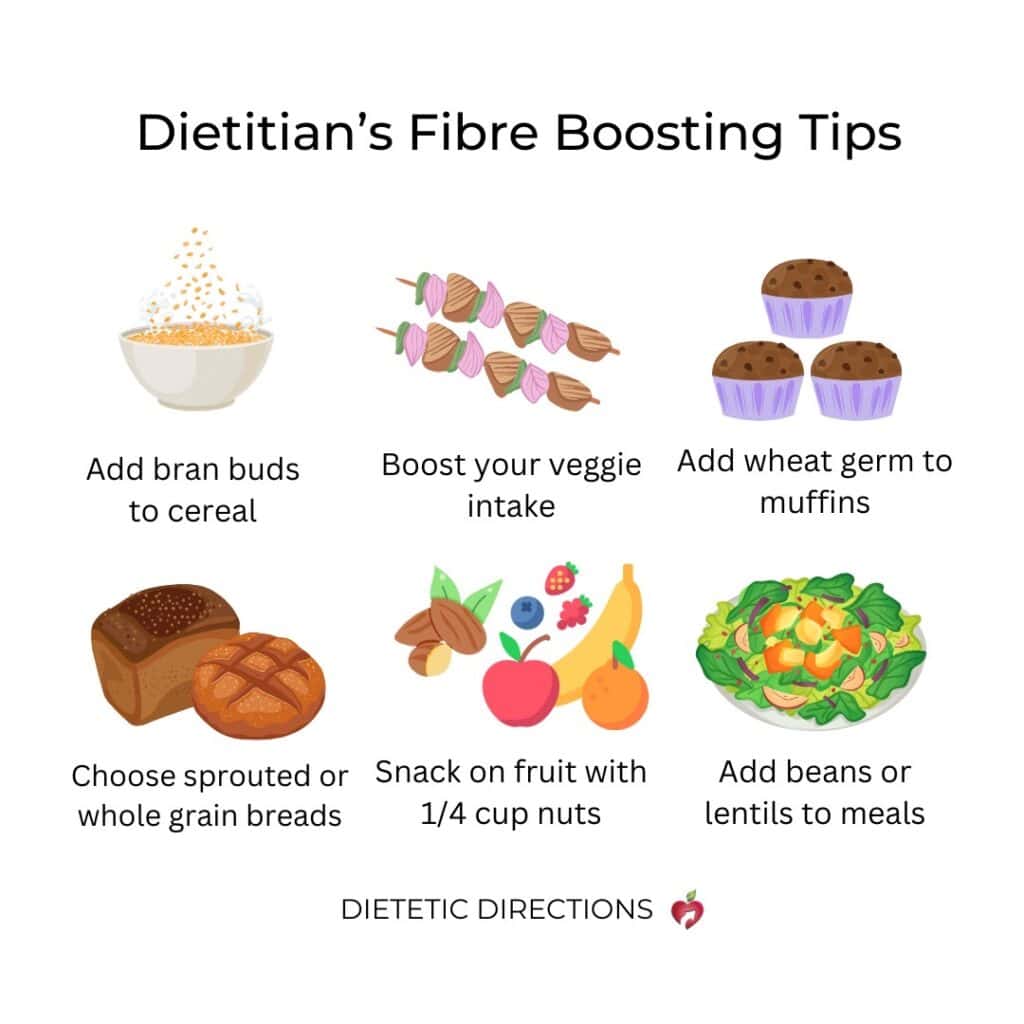
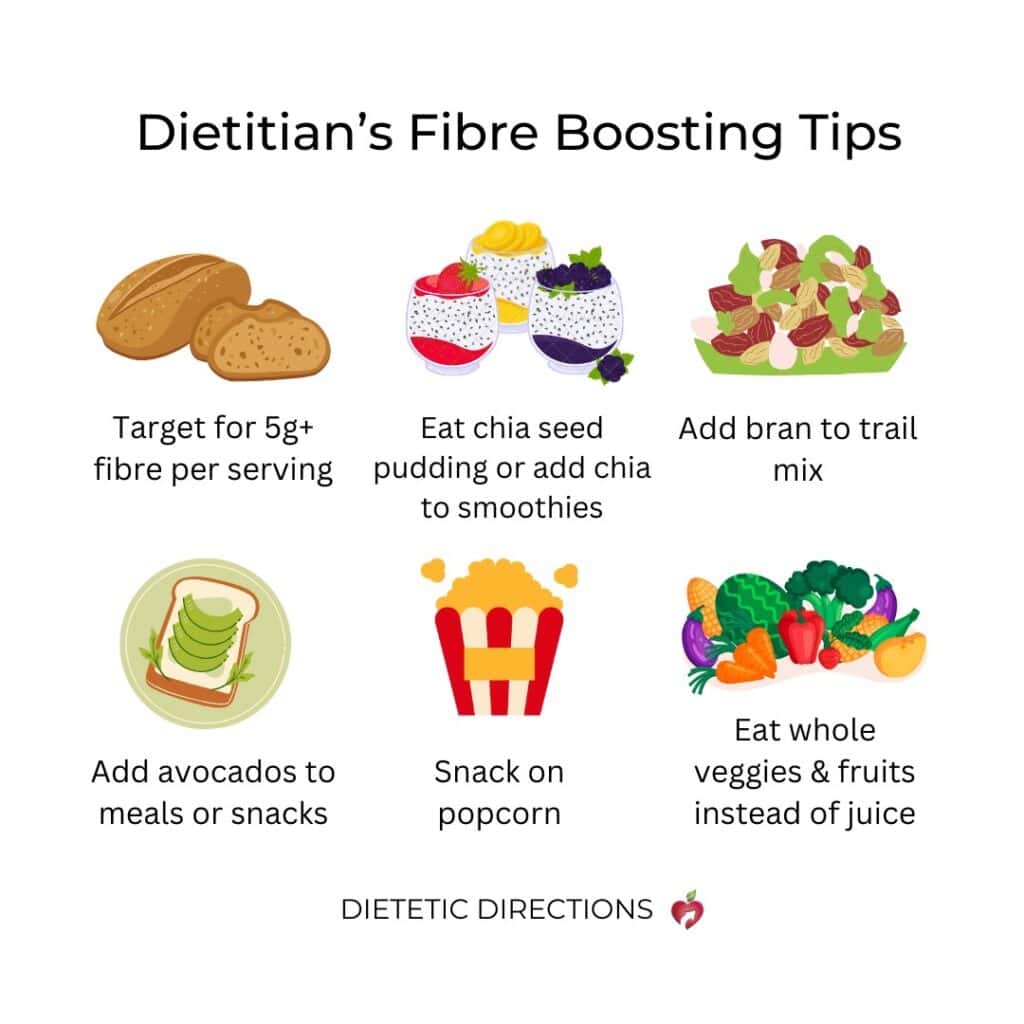
Looking for easy ways to add fibre to meals? Check out my Fibre Boosting Tips! However, hold on serving popcorn and large whole nuts as they’re choking hazards for toddlers .
Some Fibre-Rich Meal Ideas for Toddlers:
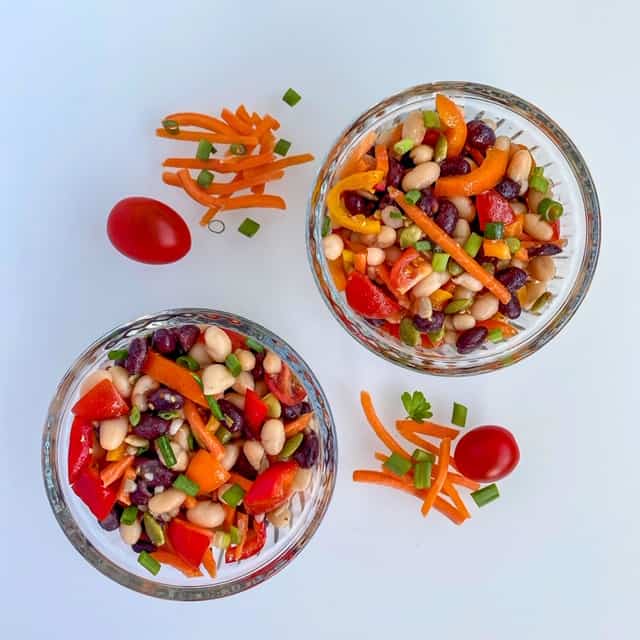
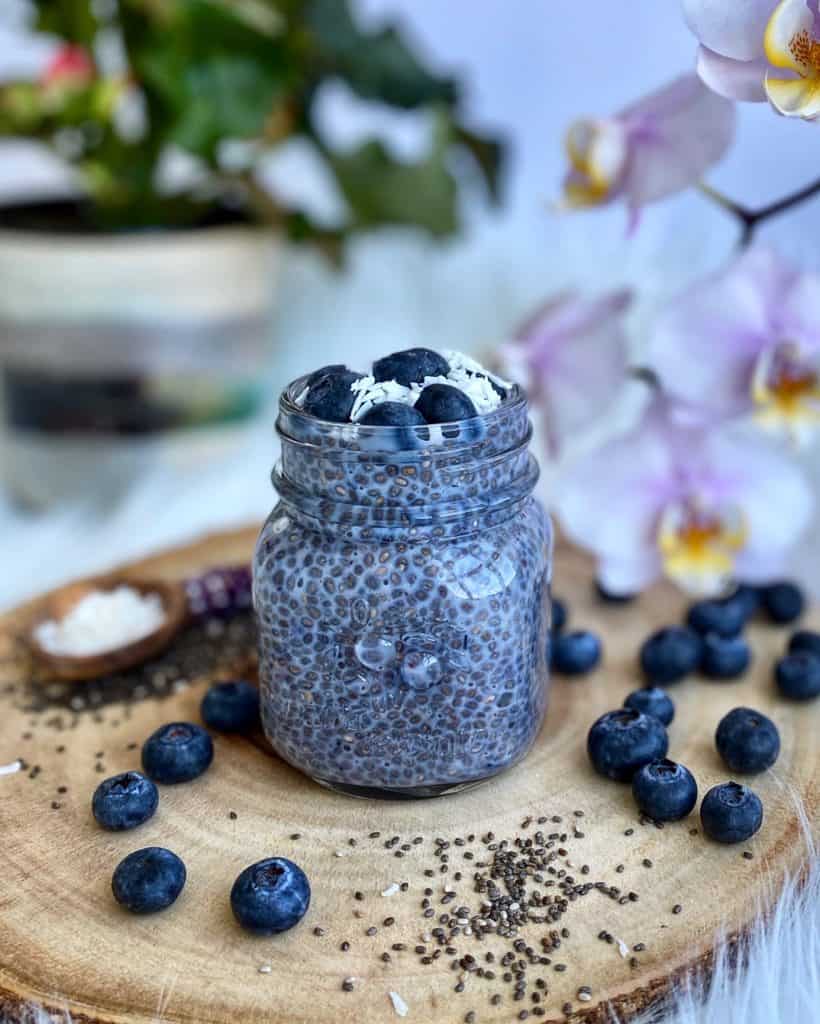

5. Omega-3 for Toddler Nutrition
Why are Omega-3 Fats Important for Toddlers?
- Omega-3s are essential fatty acids that must be obtained through the diet (or supplements) as the body cannot produce them by itself.
- Support brain function, learning, mood and memory in children.
- Important for eye sight and function. May reduce asthma, ADHD symptoms and promote better sleep quality.
- Reduce inflammation in the body.
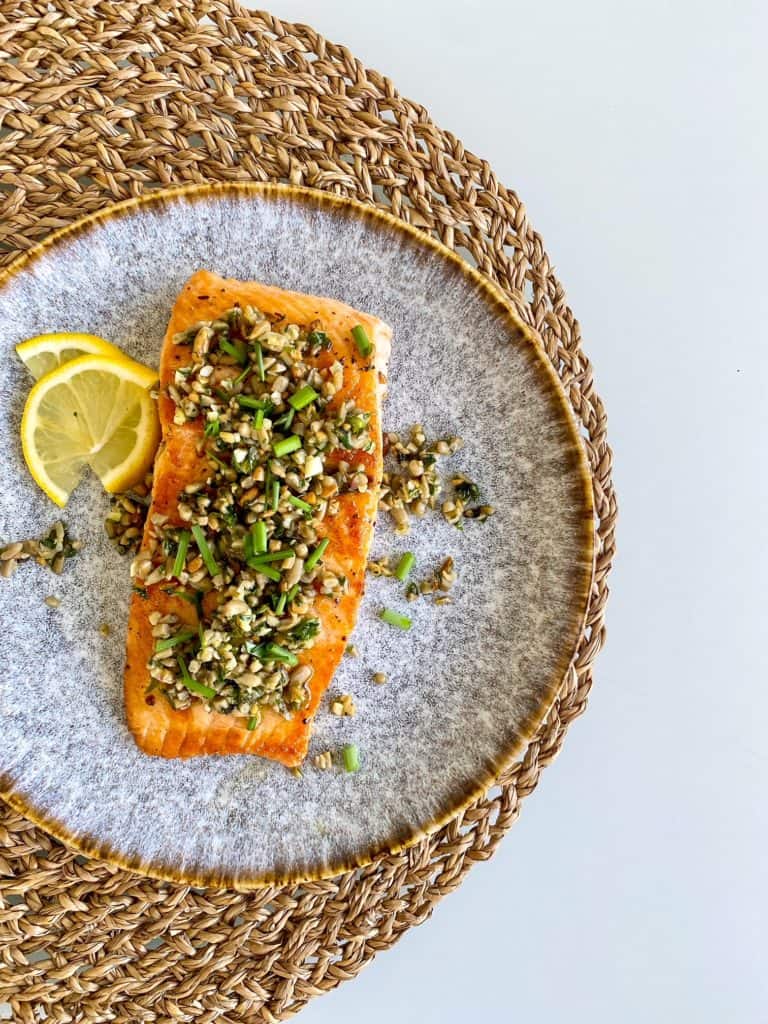
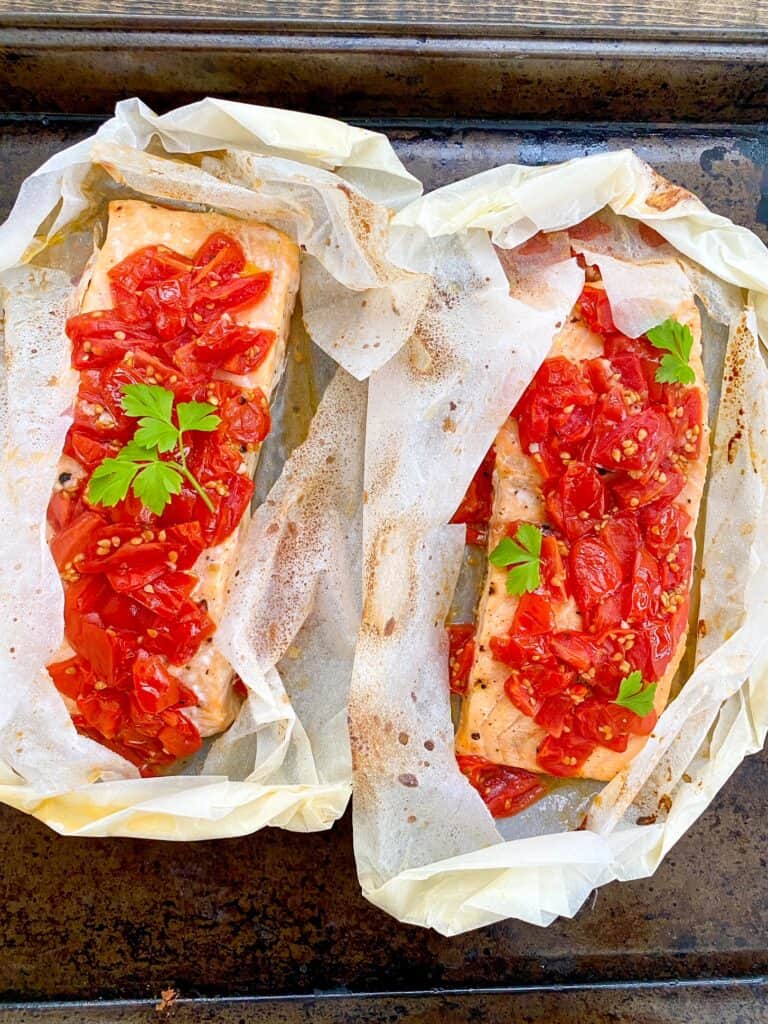
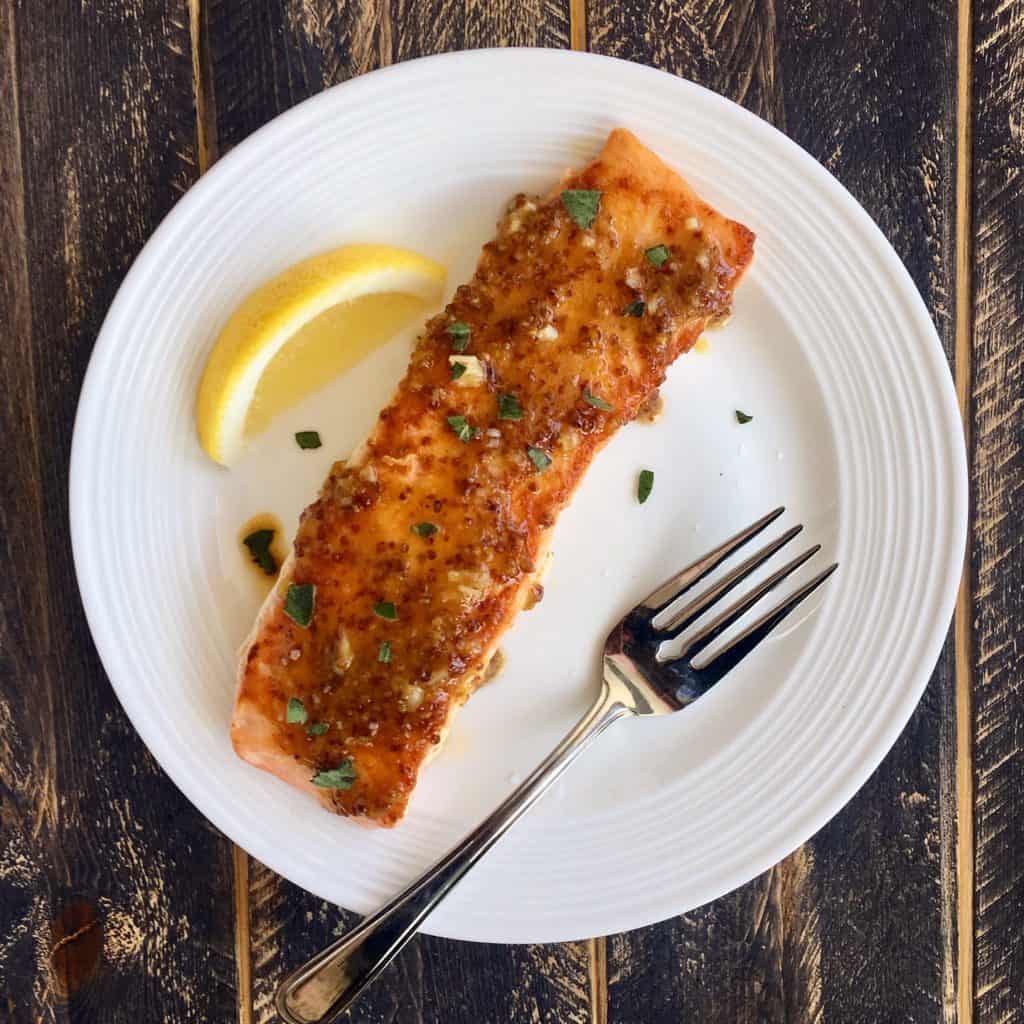
What are the Main Types of Omega-3’s?
There are three main types of omega-3 fatty acids: DHA (docosahexaenoic acid), EPA (eicosapentaenoic acid) and ALA (alpha-linolenic acid). However, DHA and EPA are most biologically active and bestow the greatest health benefits. Similarly, these forms are found primarily in fatty fish (i.e., salmon, trout, herring, mackerel, sardines) as well as plant-based forms such as algae and algae oil. ALA is present in plant foods like vegetable oils, nuts, seeds and can be converted into EPA and DHA but only in rates less than 15%.
Fatty fish like salmon and trout offer a great source of omega-3 fats (DHA and EPA).
Omega-3 Boosting Tips:
- Incorporate fish like salmon, mackerel, or sardines into your child’s diet at least twice a week.
- Try fish tacos, grilled or baked salmon, or salmon cakes to make them kid-friendly.
- Use a weekly “Meal Theme” for encouraging fish consumption. For example, try Fish Fridays or Mood-Boosting omega-3 Wednesdays.
- Sprinkle ground flaxseeds or chia seeds into smoothies, yogurt, oatmeal, or baked goods.
- Serve nuts like walnuts as part of a snack, mix into trail mix, or sprinkle chopped nuts/seeds over cereal or yogurt.
- Speak to a registered dietitian about omega-3 supplements, such as chewable or gummy options if you are concerned your child is not consuming enough in their diet.
Uncertain if your child is getting enough Omega-3’s? Let us help choosing a supplement.
Toddler Nutrition Bottom Line :
Healthy eating for toddlers is vital for their growth, health and overall well-being. Offering three nutritionally-balanced meals and a couple of snacks a few hours after meals are ways to optimize their nutrient intake. However, be sure to prioritize getting enough of 5 key nutrients, such as calcium, vitamin D, iron, fibre and omega-3 fats.
Fuel your toddler’s growth with balanced meals and snacks rich in key nutrients!
We know that baby, toddler and child feeding can be particularly overwhelming. Especially with challenges like picky eating. Also, it’s not a one-size-fits-all approach. Working one-on-one with a dietitian can help to create tailored goals and a plan to support more adventurous eating. Be sure to check out our dietitian team for personalized support.




